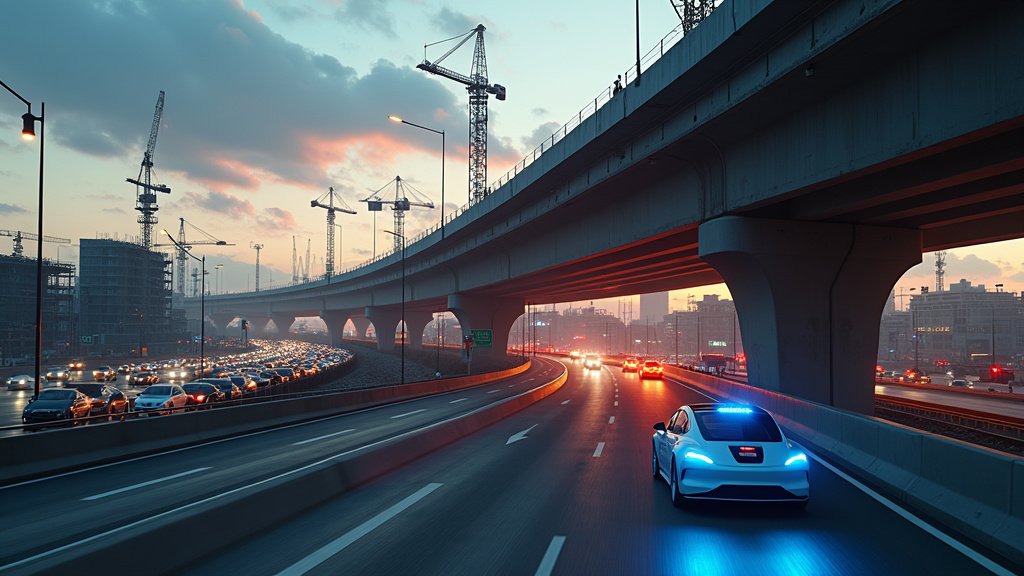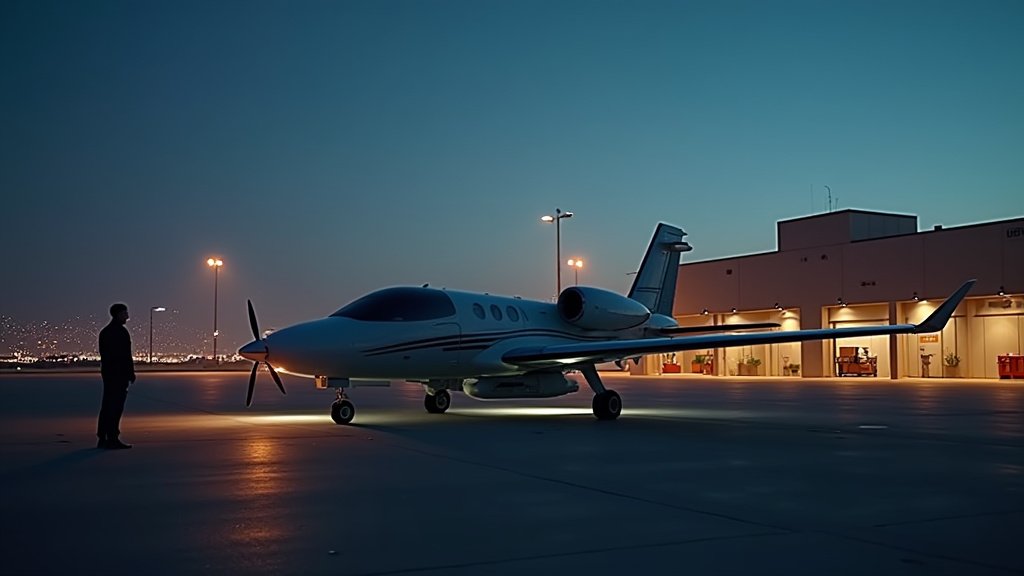The **LAX Roadway Overhaul**, a $1.5 billion plan to reconfigure and improve 4.4 miles of roads at Los Angeles International Airport (LAX), has received final approval from the Board of Airport Commissioners. While intended to alleviate **LAX traffic congestion**, this significant **airport roadway improvements** project has drawn sharp criticism from residents and watchdog groups who fear it could actually worsen gridlock. This **LAX infrastructure project** represents a crucial part of LAX’s larger $30 billion capital improvement program.
Streamlining Access with a Massive **LAX Roadway Overhaul** Investment
The approved plan, which includes a final $1 billion phase, aims to reconfigure and improve 4.4 miles of roadways that serve as the primary arteries into and out of one of the world’s busiest airports. This extensive **LAX Roadway Overhaul** is a critical component of LAX’s broader $30 billion capital improvement program, designed to modernize the entire airport infrastructure. The stated objectives include separating airport-bound vehicles from local traffic, enhancing safety, reducing **LAX traffic congestion** on major thoroughfares like Sepulveda and Century Boulevards, and creating more efficient access for passengers and employees. This **LAX infrastructure project** is designed to improve the passenger experience.
Airport officials, including LAWA CEO John Ackerman and Board President Karim Webb, have championed the project, emphasizing its role in creating a smoother, safer travel experience and supporting local economic benefits through job creation. Emery Molnar, an LAX executive, highlighted that the plan addresses multiple pinch points and traffic jams that plague the airport’s access routes, a key aspect of the **LAX Roadway Overhaul**.
Key Features of the Roadway Project:
* Construction of new, largely elevated roadways and bridges as part of the **LAX Roadway Overhaul**.
* Reconfiguration of intersections and ramps to improve flow, addressing **Los Angeles airport traffic**.
* Installation of new signage and intelligent transportation systems.
* Development of protected pedestrian and bicycle paths.
A Race Against the Clock for the Olympics and **LAX Roadway Overhaul**
A significant driver for the **LAX Roadway Overhaul**’s timeline is the upcoming 2028 Summer Olympics, which Los Angeles will host. Airport officials aim to complete the ingress roadways by July 2028, just two months before the Games begin, to manage the anticipated surge in visitors and ensure **Olympic readiness LAX**. However, the egress roadways and remaining project elements of the **LAX Roadway Overhaul** are not expected to be fully completed until Spring 2030.
Critics Raise Red Flags Over Worsening Gridlock with the **LAX Roadway Overhaul**
Despite the official approval, a vocal contingent of critics argues that the **LAX Roadway Overhaul** is a misstep. Many residents, including Westchester resident Kenneth Ehrenberg, and groups like LAXGridlock.com, contend that the plan fails to address the fundamental bottleneck: the congested “horseshoe” area around the terminals where pick-up and drop-off traffic accumulates. They believe the **LAX infrastructure project** is fundamentally flawed.
Concerns are also mounting that the new roadways could actually induce more driving, leading to increased **Los Angeles airport traffic** and pollution. Some critics point to LAX’s own environmental documents that acknowledge the **LAX Roadway Overhaul** will “induce additional vehicle miles traveled”. A traffic study commissioned by the Los Angeles Department of Transportation (LADOT) reportedly concluded that the project would triple driver delay at key intersections, with no measurable relief expected. Comparisons have been drawn to the expansion of the I-405 Freeway, which critics argue similarly failed to solve congestion issues, making the **LAX Roadway Overhaul** a questionable endeavor.
Furthermore, some critics label the **LAX Roadway Overhaul** a “zombie project,” suggesting it is being pushed forward by inertia despite being conceived before the pandemic reduced passenger volumes. Questions have also been raised about its necessity in light of the ongoing development of the Automated People Mover (APM), a separate multi-billion-dollar project intended to reduce the number of cars around the airport. The history of delays and cost overruns on the APM project has fueled skepticism about the timely and budget-conscious completion of the **LAX Roadway Overhaul**.
A Piece of a Larger Transformation: The **LAX Roadway Overhaul**
The $1.5 billion **LAX Roadway Overhaul** is just one facet of LAX’s ambitious $30 billion modernization effort. This larger program encompasses airfield upgrades, new terminal facilities, and enhanced passenger processing capabilities, all aimed at transforming the popular los angeles hub into a world-class airport. The airport has seen significant fluctuations in passenger traffic, serving over 76 million passengers in 2024, though still below pre-pandemic levels. The **LAX infrastructure project** is part of this bigger picture.
While supporters believe the new roadways from the **LAX Roadway Overhaul** will make traveling through LAX smoother and safer, critics remain unconvinced, warning that the investment might exacerbate existing problems related to **Los Angeles airport traffic**. As construction progresses, the debate over the effectiveness and necessity of this massive undertaking is set to continue, with the 2028 Olympics serving as a critical deadline and a high-profile test for the new infrastructure. This ongoing news highlights the complex challenges of managing traffic flow at a major international gateway, making the **LAX Roadway Overhaul** a focal point of discussion.





